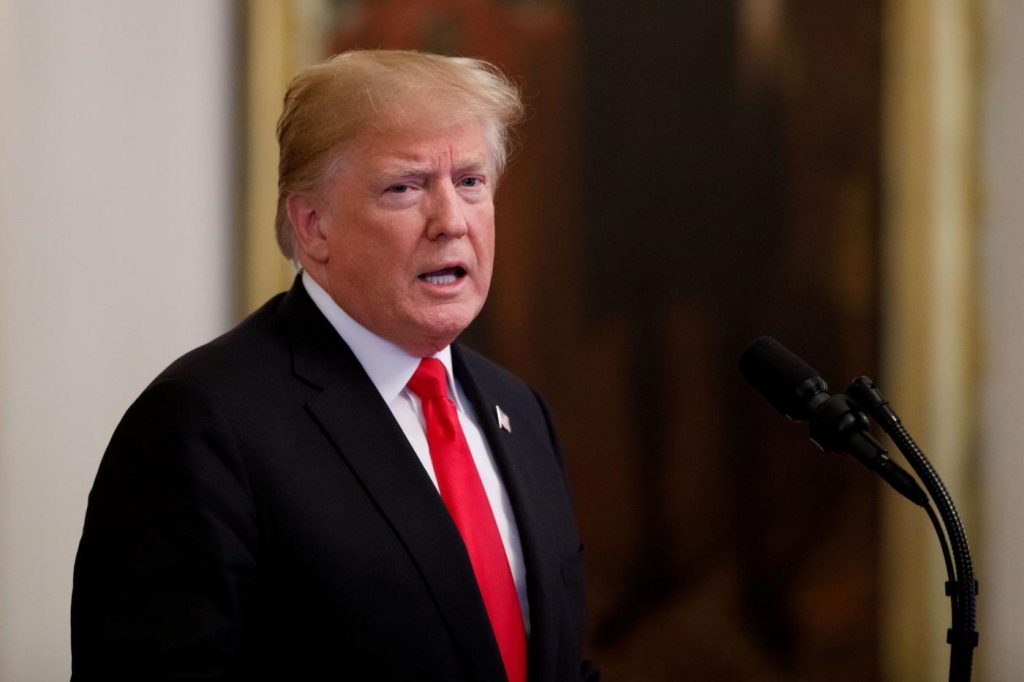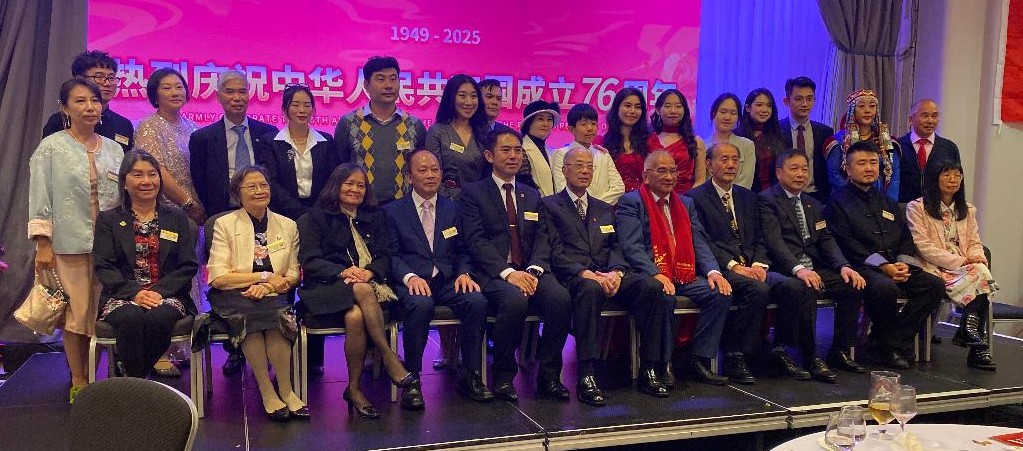Maintaining a balance between ties with the US and Russia, talks on free trade agreements with Europe and Southeast Asia, and making the Indo-Pacific concept gain global acceptability will be among India’s top foreign policy priorities in the year ahead…writes Aroonim Bhuyan

Analysts believe that, for India, which has good relations with both the US and Russia, maintaining a balance between ties with these two major global powers will be a challenge through 2019.
In 2018, a new milestone was reached when the first ever India-US 2+2 Ministerial Dialogue was held in which External Affairs Minister Sushma Swaraj, Defence Minister Nirmala Sithraman, US Secretary of State Mike Pompeo and then Defence Secretary Jim Mattis participated.
A key highlight of the meeting was the signing of the Communications Compatibility and Security Agreement (COMCASA) by the two sides. COMCASA guarantees India access to critical US defence technologies and communication networks to help the militaries of the two countries in their inter-operability.
Meanwhile, Vladimir Putin, after being re-elected Russian President for the fourth time, hosted Prime Minister Narendra Modi for an informal summit in the resort city of Sochi, something unprecedented. Following, the meeting Modi said that it took the Special and Privileged Strategic Partnership between India and Russia to a new level.
This was before the annual bilateral summit between Modi and Putin in New Delhi in October during which the crucial agreement to procure the S-400 Triumf long-range surface-to-air missile system from Russia was signed.
The S-400 missile deal has been an issue of much speculation after the Trump administration’s Countering America’s Adversaries Through Sanctions Act (CAATSA) law came into effect in January. CAATSA targets countries doing business with Russian, Iranian and North Korean defence companies.
According to the analysts here, with the US on one side and Russia on the other — and with issue-based support from China — India will have its task cut out at international forums like the UN Security Council, WTO and the Organisation for Prevention of Chemical Weapons in trying to preserve its space.
“I think it is going to be challenge here and we will have to navigate very carefully,” one analyst put it succinctly.
Another challenge before the External Affairs Ministry will be to conduct successful negotiations for the Regional Comprehensive Economic Partnership (RCEP) with the Association of Southeast Asian Nations (Asean) regional bloc and the Broad-based Trade and Investment Agreement (BTIA) with the European Union (EU).
The RCEP is a proposed free trade agreement between the 10 Asean member-states and the six countries with which this regional bloc has existing free trade agreements — Australia, China, India, Japan, South Korea and New Zealand.
Stating that the talks for the RCEP are reaching an endgame, sources here said that India would risk losing out economically if the agreement is not concluded at the earliest.
As for the BTIA with the EU that has been hanging fire since 2007, it is learnt that differences between the two sides are down to certain core areas. Negotiations for BTIA have been on hold since 2015.
Those in the know say that after India renounced its bilateral investment treaties (BITs) with all countries, investments from European nations are now not protected. India has terminated all BITs following a new BIT model New Delhi released in December 2015.
The 28 EU member-states have now passed on the responsibility of investment protection negotiations to the EU.
According to the sources, the BTIA is getting held up because of the strong views of the domestic industry on both sides.
In an important development in 2018, the EU released a Joint Communication that sets out the bloc’s vision for a strategy to strengthen cooperation and the partnership with India. Following the release of the Joint Communication, EU Ambassador to India Tomasz Kozlowski said that the bloc is looking for the most conducive investment conditions in India.
“Our assessment of the business environment and ease of doing business in India has improved considerably,” Kozlowski said.
Trade talks, though, are not limited to the External Affairs Ministry alone and there are other coordinating ministries and stakeholders as well. “It all depends on how well we co-opt and collaborate, but it is a challenge,” the source mentioned above said.
Another foreign policy challenge for New Delhi in the year ahead will be to make the Indo-Pacific concept gain acceptability internationally.
India, along with the US, Japan and Australia, in 2017 revived a quad that seeks to work for peace and prosperity in the Indo-Pacific, a region that stretches from the east coast of Japan to the east coast of Africa.
It was a strategically important move given China’s growing footprint in the region and Beijing’s aggressive behaviour in the South China Sea.
China did appreciate Modi’s speech at the Shangri-La Dialogue in Singapore in June last year in which he said that India and China had shown wisdom and maturity in handling their complex relations and “Asia and the world will have a better future if the countries work together with trust and confidence, keeping in mind each other’s interests”.
But China still has doubts about the concept of the Indo-Pacific, it is learnt.
In his speech, Modi also stressed on the centrality of the Asean in this region and the sources here said New Delhi’s efforts would be to work through the Southeast Asian bloc and other players to make the idea of the Indo-Pacific acceptable.








